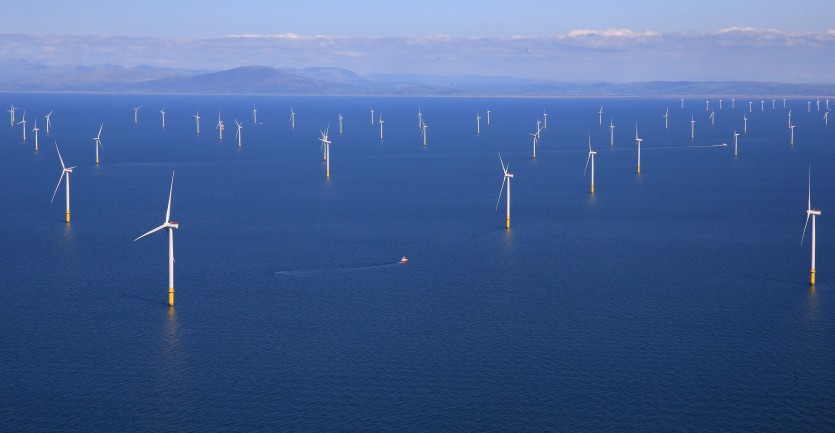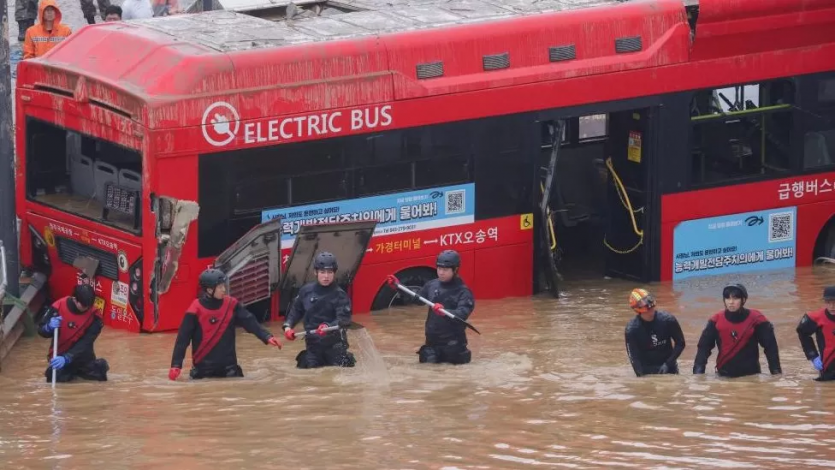From Forests to Oceans: How South Korea is Tackling Climate Change
페이지 정보

본문
South Korea has taken significant strides in climate change mitigation, integrating both technological advancements and natural ecosystem management. With the country aiming for carbon neutrality by 2050, a multifaceted approach is in play, combining renewable energy development, coastal ecosystem restoration, and disaster preparedness policies. Below are the key initiatives shaping South Korea’s climate resilience efforts?
1. Renewable Energy Expansion
In its bid to reduce greenhouse gas emissions, South Korea is making rapid advancements in renewable energy. Solar and offshore wind farms are leading the charge as the country seeks to decrease its reliance on coal and fossil fuels. South Korea has set ambitious goals to increase its renewable energy share as part of its carbon neutrality goal by 2050. These projects are not just about energy efficiency but also aim to create new jobs and boost economic growth in green sectors.
2. Forest Rehabilitation and Carbon Sequestration
South Korea’s reforestation efforts date back to the 1960s, with the government successfully planting over 12 billion trees to restore vast areas of degraded land. These forests currently absorb around 40 million tonnes of greenhouse gases annually. However, with these forests reaching their saturation point, South Korea is looking at alternative methods for carbon sequestration.
3. Blue Carbon Initiatives
With terrestrial forests nearing their carbon absorption limits, South Korea has shifted focus to “blue carbon” strategies. Blue carbon refers to the carbon captured by coastal ecosystems such as mangroves and seagrass beds. Researchers in South Korea are studying the carbon-storing capabilities of these marine ecosystems, particularly around Jeju Island. By investing in blue carbon, South Korea hopes to enhance its carbon sink capacity while preserving marine biodiversity.
One of the country’s prominent initiatives is the introduction of mangrove species, which are known to store significantly more carbon per hectare than tropical forests. This project aims to expand South Korea’s coastal carbon sinks, thus contributing to global efforts in mitigating climate change.
4. Responding to Climate-Induced Disasters
Severe weather events, such as the deadly floods in July 2023, have highlighted the need for better climate disaster preparedness in South Korea. President Yoon Suk Yeol called for a complete overhaul of the country's infrastructure and policies to better respond to climate change-related disasters. Acknowledging the increasing frequency of such extreme weather, the government has pledged to improve resilience through updated infrastructure and more effective disaster response systems.
Conclusion
South Korea’s climate change mitigation efforts showcase a blend of natural and technological solutions. The country’s forward-thinking approach, from renewable energy to blue carbon and disaster preparedness, positions it as a leader in global climate action. These ongoing efforts not only help reduce emissions but also build a more sustainable and resilient future for South Korea.
관련링크
- PrevMy Climate Shock: A Bangladeshi’s Early Days in South Korea 24.10.10
- NextLearning a new food culture 24.09.30
댓글목록
There are no registered comments.


